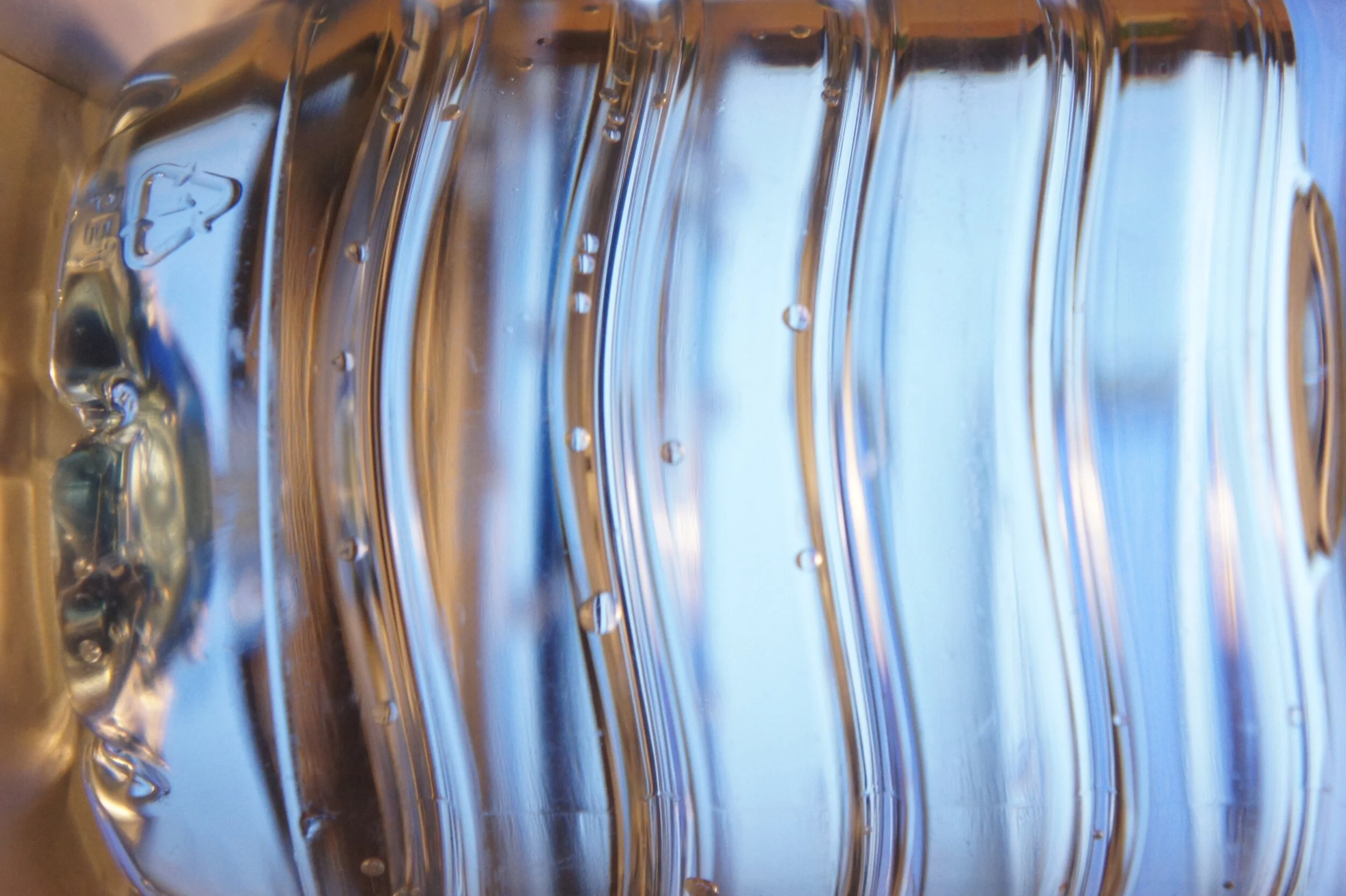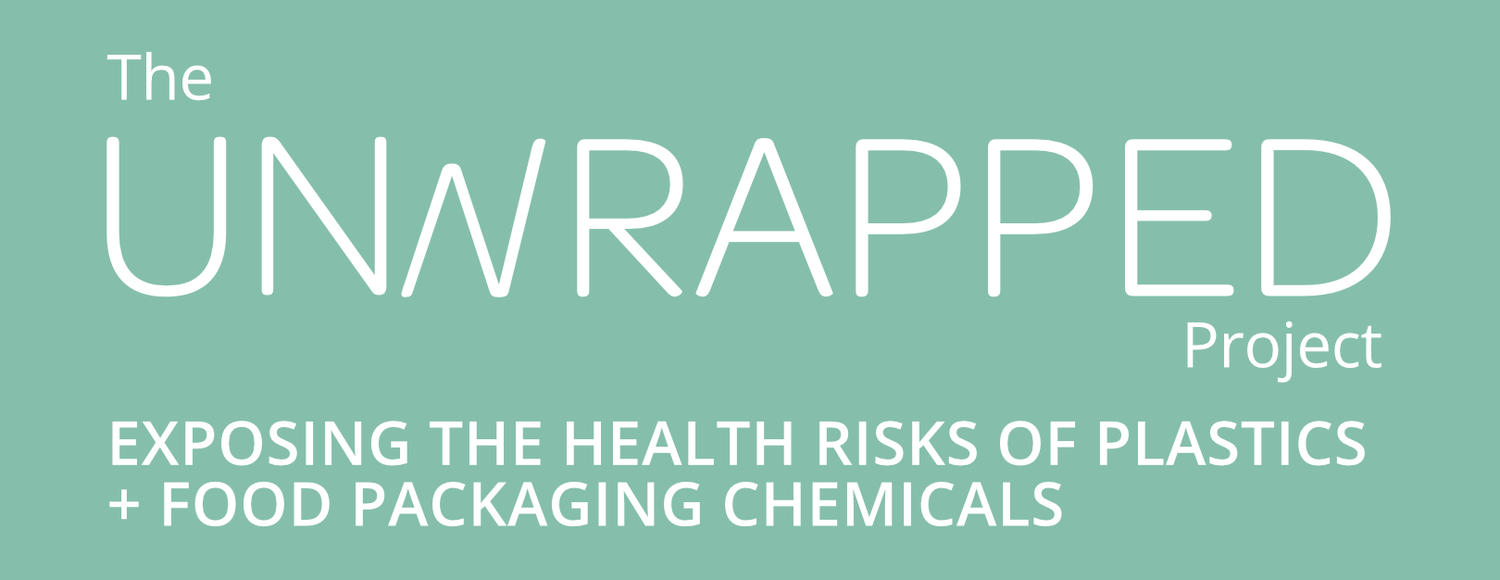
The Human Health Threats of Microplastics
Micro-plastics are in our drinking water, food, air, and consumer products
Micro-plastics are in our bodies.
We know that people ingest micro-plastics because new research has found micro- plastic particles in human stool. Micro- plastics from prosthetics have been shown to enter the gastrointestinal tract (GIT) and pulmonary system and can cross the respiratory or GIT epithelium and cause inflammation.
Most plastics produced today are used to make packaging.
As a result of the global shift from reusable to single-use containers, plastic packaging comprises 42% of all plastic produced.
Humans are exposed to micro-plastics through the air, water, and food chain
We drink micro-plastics
They contaminate tap water around the world.
81% of tap water samples tested from around the world contained micro-plastic particles with an average of 5.45 particles per liter.
Most of the particles were microfibers.
Bottled water is even more contaminated.
93% of bottled water samples from 19 locations world-wide across 11 leading brands contained micro-plastic, with an average of 10.4 plastic particles per liter.
Most of the particles were fragments of consumer products.
Plastic bottles and beverage cartons may be a source of plastic particles into the bottled water.
We eat micro-plastics
They have been found in honey and sugar. Micro-plastics contaminate seafood.
They are directly ingested by humans during the consumption of mussels and other bivalves.
Micro-plastics have been found in the gut of wild-caught and commercially sold fish (28% of fish sampled from Indonesian supermarkets and 25% of fish sampled from California grocery stores).
We inhale micro-plastics
Sources of airborne plastics include agricultural films that have degraded, fibers released from clothes dryers, and the release of plastics from marine ecosystems (mostly packaging materials) during formation of sea salt aerosol (i.e. release caused by wave action).
Tires have recently been acknowledged as a source of micro-plastics in the air.
Air in urban areas tends to be more heavily contaminated.

What happens when micro- and nano-plastics enter the human body?
Micro-plastics can:
translocate across the gut and enter the circulatory system
accumulate in the major organs
travel through the lymph system ending up in the liver and spleen
Inhaled micro-plastics, depending on size and shape, can:
travel through the respiratory system
become lodged in the lungs
possibly translocate to other parts of the body
Scientific concern
More research is needed to determine what impacts micro- and nano- plastics have on humans once they enter the body. However, based on a growing body of evidence demonstrating adverse impacts on the health of marine organisms due to micro-plastic exposure, scientists have raised concern that micro-plastic exposure can cause:
inflammation (linked to cancer, heart disease, inflammatory bowel disease, rheumatoid arthritis, and more),
genotoxicity (damage that causes mutations that can lead to cancer),
chronic diseases (such as atherosclerosis, cancer, diabetes, cardiovascular diseases) and
autoimmune diseases.
A major challenge for science and policy makers alike is that when illnesses arise, such as cancer, diabetes, and cardiovascular disease, they cannot be traced specifically to plastics. Such illnesses can be caused by many factors.
Despite the lack of causal links to specific illnesses, the science shows that there is reason to be concerned. Although more research is needed, there is clear potential for risk to human health.





